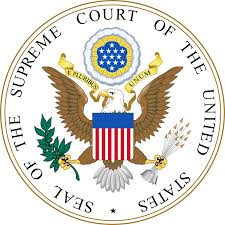
Maybe. I remember being at a public meeting led by EPA in a community near a big environmental site. The EPA guy was speaking to the crowd and said, “Look at the person on your left and then at the person on your right. Statistics say one of the three of you will develop cancer at some point in your life. So everyone in this room will have a relative or friend or neighbor who gets cancer. Don’t jump to the conclusion that there is a cluster or that the site caused the cancer.”
So absolutely there are clusters. The cancer cluster in Fallon, Nevada—the subject of the book I’m working on—is one of the clearest examples of a scientifically confirmed cancer cluster. But more often, an alarming group of cancers is just a statistical clumping, not a true cluster.
Think about flipping a coin. If you flip it 10 times and they are all heads, something funky is probably going on—maybe the coin is imbalanced, maybe the flips are not random. But if you flip that coin 1,000 time, statistics say it is likely you’ll get a run of 10 heads or tails in a row.
The same idea applies to cancer. Suppose the odds say that a town of 5,000 people will have one case of leukemia every year. There are more than 16,000 towns in the US with under 10,000 residents. Statistics say there will be years when one of those 16,000 towns greatly exceeds the expected leukemia rate.
Bottom line: it is impossible for ordinary folks to tell whether something is a cluster or just a random grouping. That determination requires sophisticated analysis by experts.


